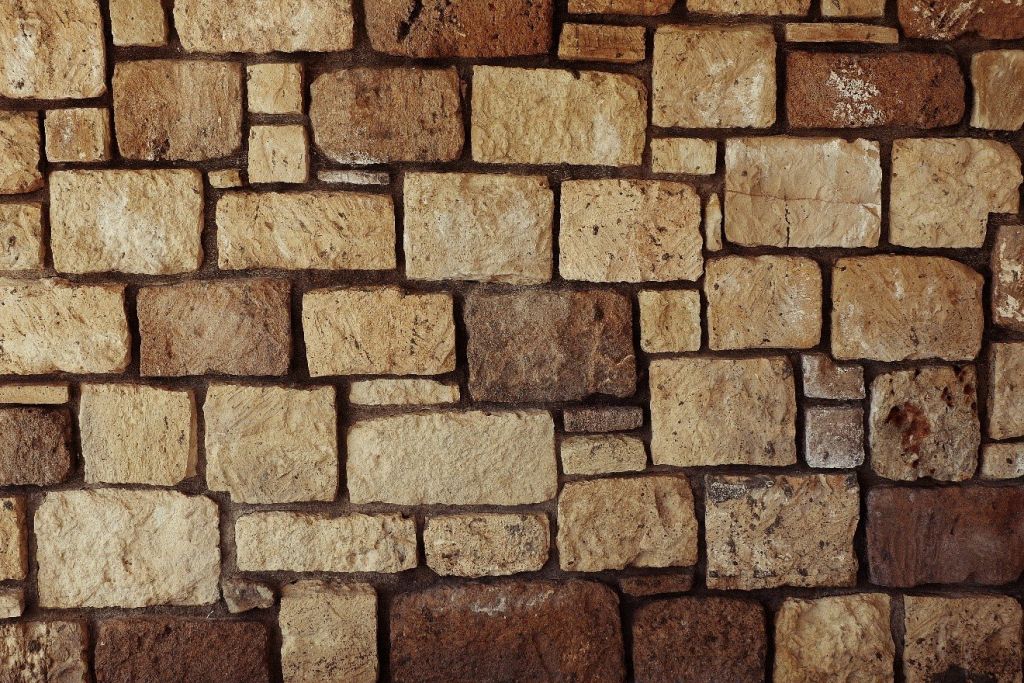When installing a new paver driveway, walkway, or patio, one of the first things you’ll need to decide is whether you’ll have to purchase polymer sand or not. Though if you aren’t familiar with the ins and outs of pavers, you may be wondering, “What is polymer sand?”
So, to help you as you plan for your next building project, we’re here to answer all of your polymer sand questions, including: “What is polymer sand?”, “What are the advantages of polymer sand?” and “When do I need to use it?”
What is Polymer Sand?
Polymer sand isn’t as peculiar as its name might imply. It’s simply a combination of fine grain sand and chemical polymers that, when mixed with water, will create a tight bond. Generally, polymer sand is added to your paver joints in order to secure your pavers, creating a solid, even surface. Polymer sand also helps you keep unwanted vegetation from growing in your paver joints. If you’ve ever looked at a patio that has little weeds and grasses growing up from between the pavers, they likely haven’t been sanded and sealed properly.
What are the Advantages of Polymer Sand?
Technically, you can use any kind of sand to fill your paver joints. Though many people recognize that there are some added benefits to using sand that’s been specially designed to be applied between pavers. For example, polymer sand generally…
- Improves stability. Although normal sand will help keep your pavers secure, the chemical polymers in polymer sand will do a better job of keeping them in place thanks to the chemical polymers they contain.
- Resist plants and pests better. If properly sealed, even normal sand should keep the plants and pests (like ants) away. However, polymer sand tends to do a better job of accomplishing both of these tasks than plain sand.
- Come in a variety of colors. One of the advantages to polymer sand is the fact that it comes in a number of different colors. This gives you an added layer of customization for your walkway or patio.
Whether you’re using polymer sand or plain sand, applying it is fairly simple. All you’ll need to do is apply it to the paver area, use a broom to sweep it into the joints, blow excess sand away with a lead blower (or something similar), and use a water hose to mist the area so that the polymers in the sand can react and bind together, locking your sand in place.
When Do I Need to Use Polymer Sand?
You’ll want to consider investing in polymer sand if you’re not going to be sealing your pavers with an effective sealant. Without any kind of sealer, the sand in your joints will blow and wash away.
Fortunately, if you use one of Seal \’n Lock’s paver sealers, you won’t have to worry one bit about purchasing or installing polymer sand. Seal \’n Lock sealers are designed to securely lock your joint sand in place so you’ll enjoy even greater stability without the dangers that polymer sands carry – such as staining your pavers in ways you’d rather they not.
So, here’s an even better question than “What is polymer sand?”: “Why worry with polymer sand?” Use a Seal \’n Lock sealer and forget the worry and hassle that come with polymer sands.
Use any of Seal ‘n Lock paver sealers for superior joint stabilization. Click here for more information.

